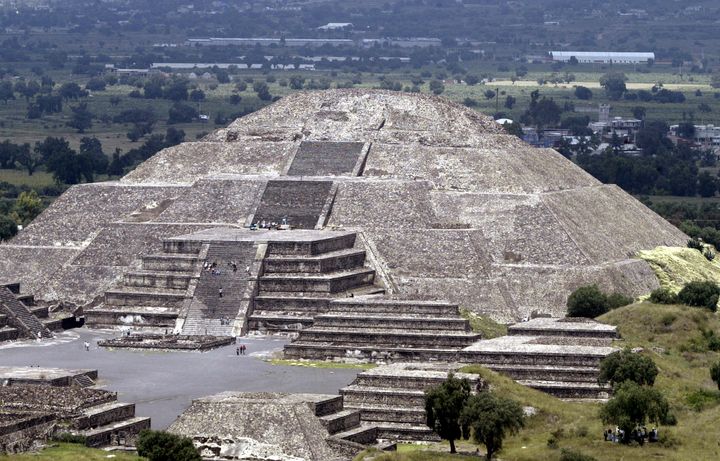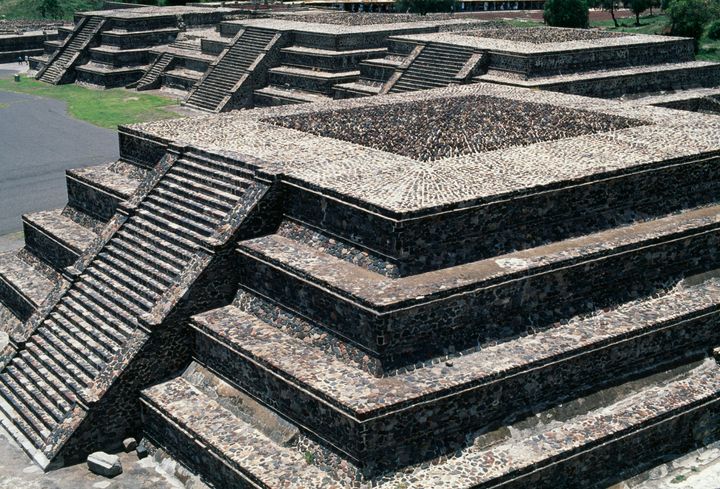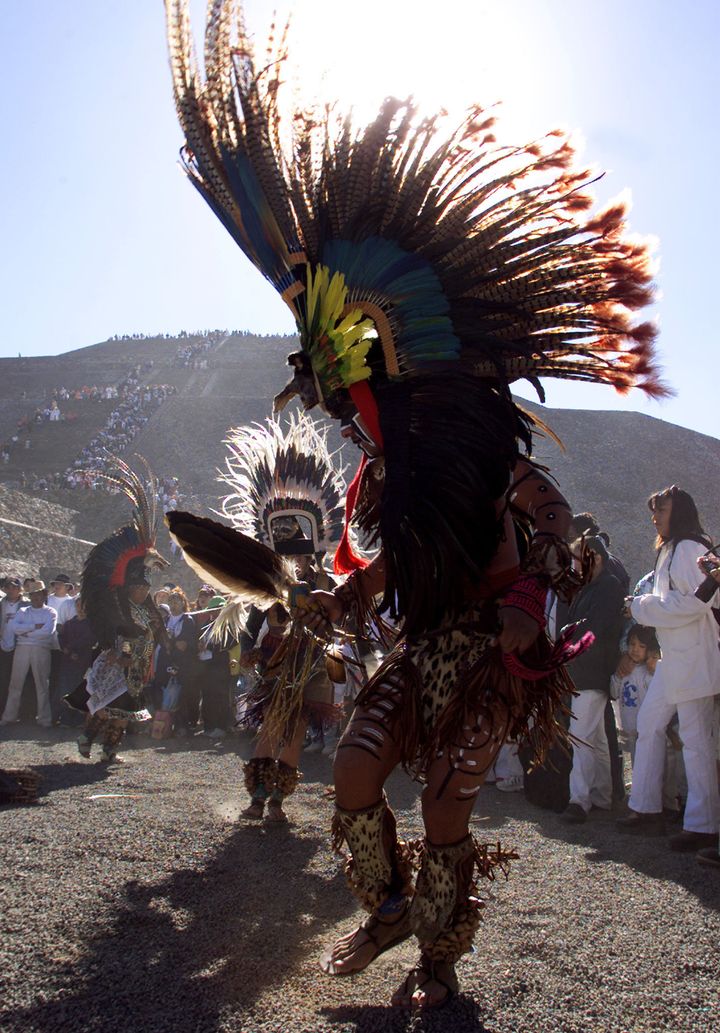A mystery tunnel has been found beneath Mexico’s Pyramid of the Moon in the ancient city of Teotihuacan.
Archaeologists with the National Institute of Anthropology and History found the tunnel using computerised tomography scans, locating it about 30ft below the surface of the plaza in front of the pyramid.
Experts say the passage – believed to be filled with artefacts - may be associated with sacred flows of water and the underworld.

It is believed the Pyramid of the Moon was used for human sacrifice and other rituals, based on studies of human remains found at burial sites.
Other tunnels have been discovered at Teotihuacan, and one at Temple of the Plumed Serpent has been explored.
“The discovery would confirm that the inhabitants of Teotihuacan followed the same pattern in their large-scale temples, and that their function would be to emulate the underworld,” said INAH archaeologist Veronica Ortega.
More studies are needed to determine whether the apparent tunnel should eventually be excavated.

The ruins north of Mexico City remain shrouded in mystery.
Teotihuacan had its apex between 100 BC and AD 750, with about 100,000 residents. But it was abandoned before the rise of the Aztecs in the 14th century.
The 340-foot tunnel found under the Temple of the Plumed Serpent early in this century yielded relics from ranging from seeds to pottery to animal bones.
Researchers have still to find the tombs of the city’s elite that they had hoped might be in the tunnel.
Unlike at other pre-Columbian ruins in Mexico, archaeologists have never found any remains believed to belong to Teotihuacan’s rulers. Such a discovery could help shine light on the leadership structure of the city, including whether rule was hereditary.

